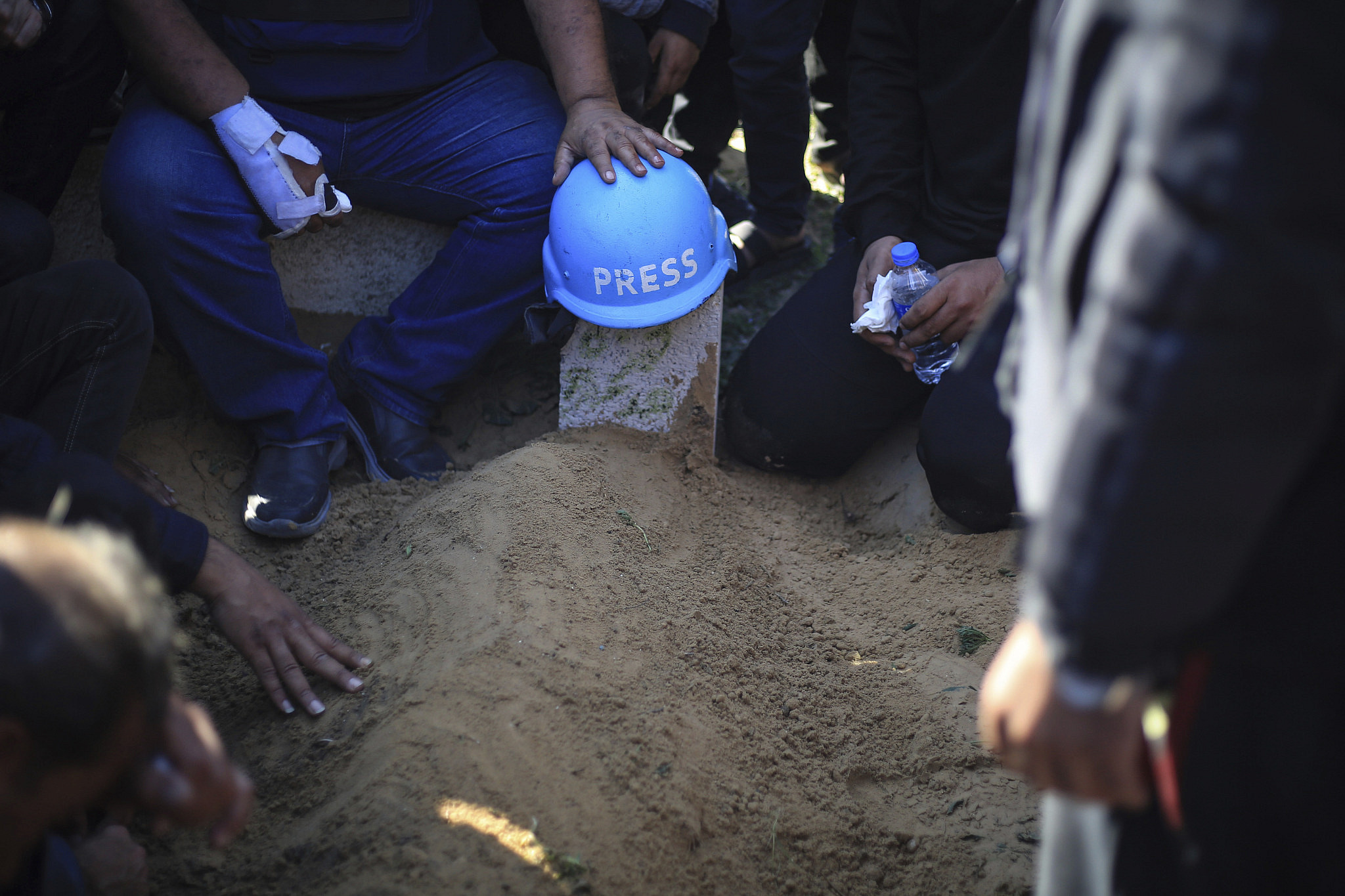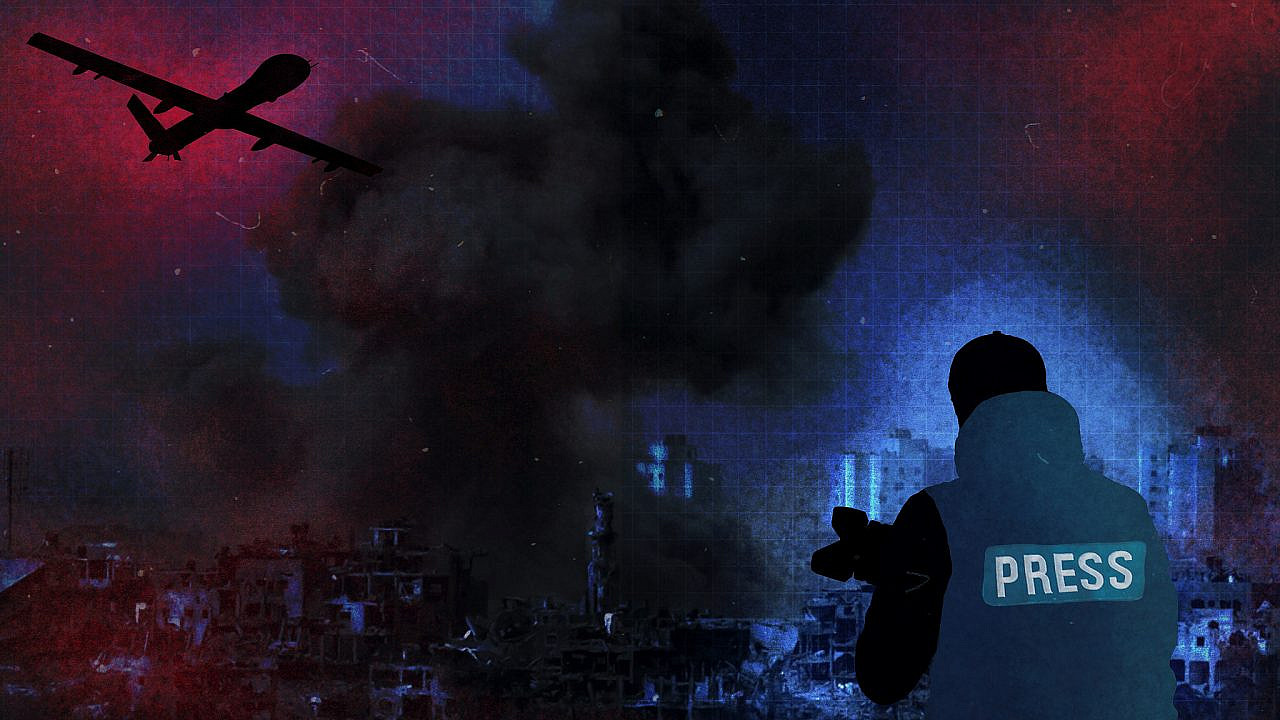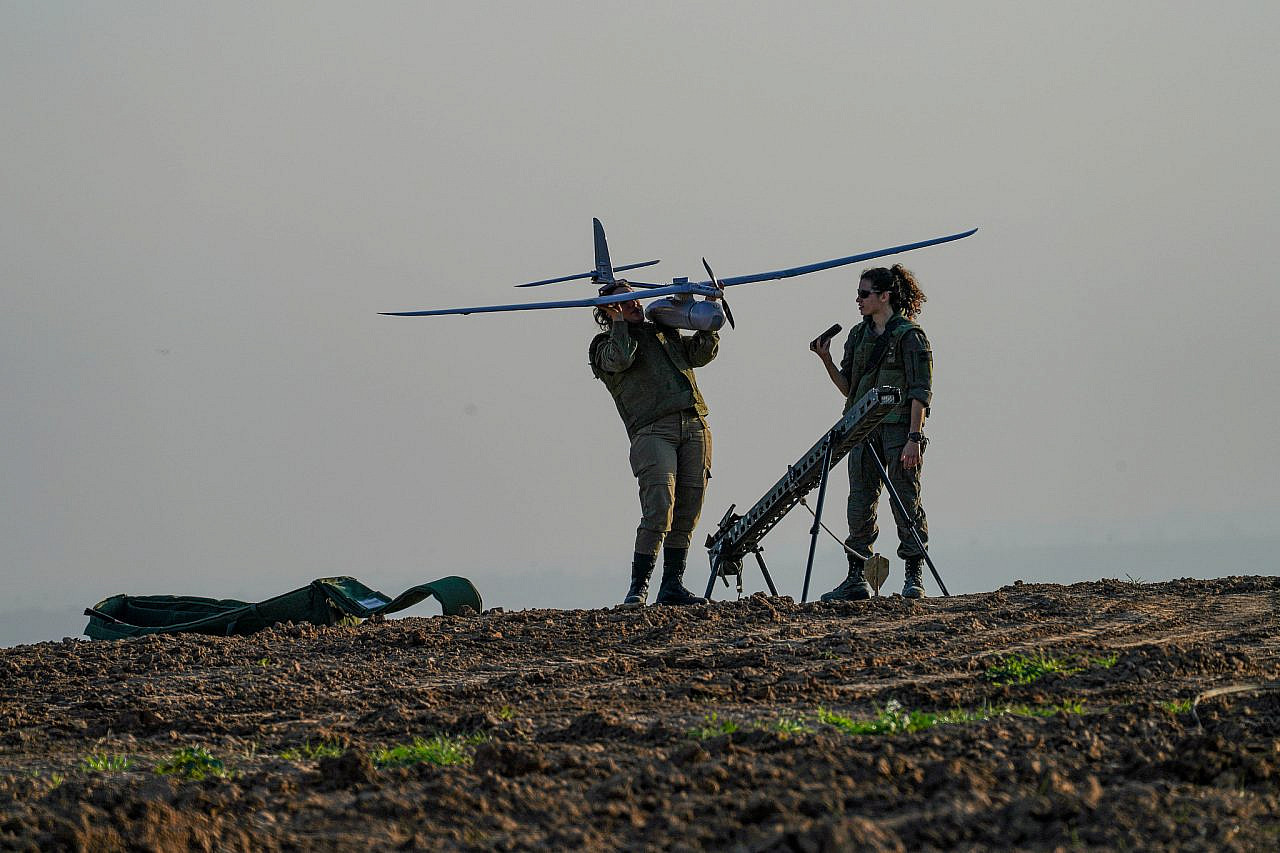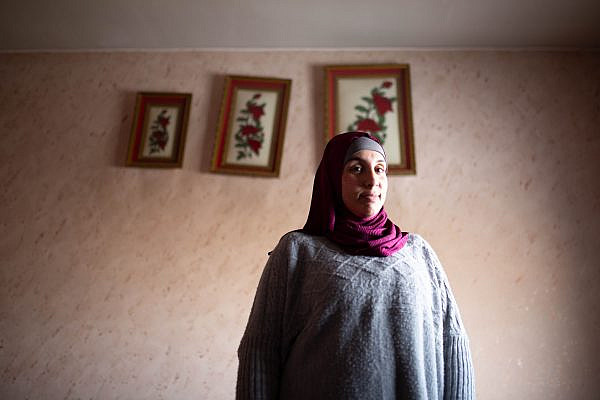According to the Committee for the Protection of Journalists, 103 journalists and media workers are among the more than 37,000 Palestinian casualties of Israel’s bombardment of the Gaza Strip since October 7. Faced with the deadliest war for journalists in modern history, Forbidden Stories — whose mission is to continue the work of journalists who are killed on the job — set out to investigate the targeting of the press in Gaza and the West Bank.
In a unique collaboration, Forbidden Stories brought together 50 journalists from 13 media organizations around the world. The consortium analyzed nearly 100 cases of journalists and media workers killed in Gaza, as well as other cases in which Israel has allegedly targeted, threatened, or wounded members of the press over the past eight months. Unable to report freely from inside the Strip, consortium members remotely contacted over 120 journalists and witnesses to military activities in Gaza and the West Bank; consulted around 25 ballistics, weapons, and audio experts, including Earshot; and used satellite images from Planet Labs and Maxar Technologies.
Today, after four months of collaborative work, we are together publishing “The Gaza Project.” Below is one of two articles from the project that +972 is co-publishing with Forbidden Stories. For the full list of articles comprising “The Gaza Project” and more information about the collaboration, click here.
On the afternoon of Jan. 22, four Palestinian journalists climbed a small hill in northern Gaza to try to find an internet signal. Anas Al-Sharif, Mahmoud Shalha, Emad Ghaboun, and Mahmoud Sabbah were in the Tal Al-Zaatar region, reporting on the famine that has gripped the Gaza Strip since the Israeli offensive began last fall, following Hamas’s October 7 attack. As they searched for a signal to transmit videos to their editors, a sudden blast knocked the group to the ground.
In a cloud of smoke, Al-Sharif, who was wearing a press vest and suffered minor injuries to his back, bolted toward his colleagues who were now lying in the blood-stained rubble. Miraculously, they had all survived, though another civilian was killed in the attack. Ghaboun, who suffered the most severe wounds out of the four journalists, had to be carried to a nearby hospital in the scoop of a bulldozer.
The journalists said they recall a “surveillance drone” targeting them. Although we were unable to obtain real-time footage of the strike, a video Al-Sharif took in the aftermath of the attack, which was analyzed by experts, corroborates the presence of a drone.
لحظة استهدافنا من قبل طائرات الاحتلال بشكل مباشر في حي تل الزعتر شرق مخيم جباليا ٬أدى هذا الاستهداف لارتقاء شهيد وإصابة عدد من المواطنين بينهم الزميل الصحفي عماد غبون pic.twitter.com/CixqcgClo8
— أنس الشريف Anas Al-Sharif (@AnasAlSharif0) January 22, 2024
For four months, a team of 50 journalists coordinated by Forbidden Stories investigated the killing by Israeli forces of more than 100 media personnel in Gaza, and the wounding of many others. While the Israeli military claims that it doesn’t deliberately target journalists, our findings suggest that at least 18 media workers were reportedly killed or wounded by precision strikes likely launched from unmanned aerial vehicles (UAVs), in violation of the laws of war. At least four were wearing press vests at the time and were identifiable as journalists.
The attack in Tal Al-Zaatar is but one case in what appears to be a larger pattern of drone strikes on Palestinian journalists in recent months — suggesting, at best, Israel’s flagrant disregard for their lives, and at worst, a deliberate attempt to target them.
‘You see him crawling from the camera, and then they fire another missile’
Under international humanitarian law, armies must distinguish between combatants and non-combatants, and direct attacks only at military targets. Intentionally targeting civilians, including reporters, is a war crime. Even if a military objective is legitimate, the attack must not cause excessive civilian casualties, injuries, or damage out of proportion with the expected military gain.
Experts agree that drones have the technological capabilities to minimize casualties. During Israel’s 11-day bombardment of the Gaza Strip in May 2021, for example, UAVs enabled “real-time cancellation” of airstrikes that endangered civilian lives, according to an analysis published by Israeli military researcher Liran Antebi in 2022. The current pattern, therefore, raises a central question: how could so many journalists be killed and wounded by UAVs?
Drones carry smaller explosives than fighter jets and can hit a target surgically, “within a foot of wherever we’re shining our laser,” Brandon Bryant, a former U.S. Air Force Staff Sergeant said. “You can take a look around and avoid the backlash that comes with blowing up too many civilians,” a French UAV expert, who asked to remain anonymous, told Forbidden Stories.
Still, that day in Tal Al-Zaatar, something detonated “in the middle of our group,” Al-Sharif said. Analyzing the footage for Forbidden Stories, Bryant concluded the distinctive buzzing sound in Al-Sharif’s video is “definitely a drone. I’ll never forget that sound.”
More precisely, he said, it’s a “prop engine, low flying, slow-moving” vehicle. Bryant’s assessment was backed by a German drone and defense researcher who spoke to the consortium anonymously, confirming that the sound in the video “does resemble the one made by UAVs using piston engines, or turboprops.”
Forbidden Stories worked with audio research agency Earshot to conduct forensic audio analyses of videos collected by the consortium; our findings indicate that the Israeli military currently uses both turboprop and prop engine drones in Gaza for reconnaissance and strikes.
The blast’s aftermath, Bryant added, suggests the use of a low-impact missile, which drones usually carry. “If they were dropping bombs through fighters or F-16s, they would be obliterating these people. There would be no survivors,” he told Forbidden Stories. “I’m very confident that this is a drone strike.” And according to open-source intelligence collected by Forbidden Stories, all surrounding infrastructure had been destroyed before the strike, ruling out the possibility that the missile was aimed at nearby buildings.
An Israeli military source backed up this assessment. He told the consortium that with some drone strikes he was involved in, the target was not killed immediately, and the drone had to fire again. “You see him crawling from the camera,” the source said, “and then they fire another [missile].”
In response to multiple inquiries and detailed questions from the consortium, the IDF Spokesperson said the army is not aware of any strikes made at these coordinates in January.
‘Precision could mean avoiding civilians, or targeting them’
While some experts praise drones for their precision, others argue that striking a target surgically doesn’t always mean hitting a legal or appropriate target. “Precision could mean avoiding civilian [casualties], or it could mean targeting civilians; a precision strike just means the guaranteed destruction of a target you hit,” James Rogers, a drone expert at Cornell University, said. “We live in a very proliferated drone world with a range of state and non-state groups, some who want to reduce the costs of war and some who want to maximize damage.”
A video released by the Israeli army in 2022 boasts that “the entire Gaza Strip is lined with drones that collect intelligence 24 hours a day. At the same time, they can attack, all while their operators are well-guarded in control vehicles, dozens of kilometers from the targets.” According to the video, 80 percent of the Israeli air force’s operational flights in 2022 were carried out using UAVs.
Brig. Gen. Omri Dor, commander of the Palmachim airbase, explained in the video that the UAVs in Gaza make it possible to “find one person and neutralize him, without causing collateral damage.” An Israeli intelligence source told the consortium that the use of UAVs in the current war is “more morally ok” than the use of fighter jets, because they do not “collapse” an entire house on its occupants in order to try to kill one person, but attack the target when he is in a car, on a motorbike, or walking.
Israeli military intelligence sources familiar with how drones have been used in Gaza to attack Hamas and Palestinian Islamic Jihad operatives told the consortium that this practice is referred to in the army as “hunting.” According to three sources, the army’s use of drones and UAVs for assassinations has been particularly extensive in the current war — and in some cases led to harming civilians. Intelligence officers, they explained, have relied heavily on automated and inaccurate software, attempting to “hunt” thousands of suspects simultaneously with drones, a practice that one source described as “broad hunting.”
Signals are an essential part of drone target acquisition: according to experts, online activity can be intercepted, revealing a person’s location. Khalil Dewan, a lawyer and drone warfare researcher, explained that this means armies have a lot of information about the people they are targeting. “Drone warfare operates in an ecosystem of signal intelligence and communications infrastructure,” Dewan said. “Mobile phones, cell SIM cards, using certain social media apps with locational settings, and live-streaming exposes one to the mapping of targets.”
Drones have onboard sensors and a radio link that transfers the collected data to a ground station, which then identifies the target. Infrared cameras and electro-optical sensors also allow for visual confirmation of the target, provided the weather conditions are favorable, or the drone is flying low enough. According to experts, with some UAV models used by the Israeli military, visibility is clear enough that a drone operator could see a press vest.
Graphic scenes: An Israeli army drone pursued four civilian youths who attempted to reach their destroyed homes and killed them with missiles in Khan Younis at the start of last February. pic.twitter.com/6aQv5VLkdK
— Ramy Abdu| رامي عبده (@RamAbdu) March 21, 2024
Bryant, who used to operate the now-retired MQ-1B Predator drone, pointed out that the technology was already sufficiently advanced in the early 2010s to enable those viewing the footage to clearly see what the drone was targeting. “We definitely got in close enough where we could see detail on clothing. I would say camera definition has gone up since,” he explained.
A source who worked with UAVs in the Israeli army told the consortium: “You can see the size of a person, you can tell from their walk whether they are male or female, whether they are fat or thin.”
‘I’m sure he filmed until the end’
On Dec. 15, Samer Abu Daqqa, a 45-year-old Al Jazeera cameraman and father of four, was filming the destruction in central Khan Younis with friend and colleague Wael Al-Dahdouh, one of Gaza’s most revered journalists. Abu Daqqa and Al-Dahdouh, both wearing press vests, accompanied a Civil Defense crew — a unit of first responders and firemen. As they finished reporting and returned to the crew’s vehicles, they were hit by what witnesses, independent organizations, and Al Jazeera alleged was a drone strike.
“Something big happened,” Al-Dahdouh told Al Jazeera Arabic from his hospital bed. “I fell to the ground … I could barely stand, I felt dizzy, and I was expecting a second missile to hit at any moment,” he said.
When he looked around, he saw that three members of the Civil Defense crew had been killed. A little farther lay Abu Daqqa, wounded but still alive. Bleeding from his right arm, Al-Dahdouh managed to reach the Civil Defense vehicles hundreds of meters away. “I asked the ambulance men to go back for Samer, but they said we had to leave immediately and send another car to avoid being targeted,” Al-Dahdouh told Al Jazeera. Drones, he said, were all around them.
After ambulances were blocked from reaching Abu Daqqa for over five hours, rescuers arrived on site. Bilal Hamdan, a first responder, recounted how a colleague “found Samer Abu Daqqa’s body torn to pieces”; Civil Defense rescuers concluded that he was hit by at least two strikes. They also found Abu Daqqa’s press vest leaning against a wall. “For us, this was evidence he was alive at first, that he took off the jacket because it was heavy,” Hamdan said.
“I’m sure that he filmed until the end,” Ibrahim Qanan, a colleague and friend of Abu Daqqa’s, said, adding that his camera was totally destroyed in the attack. “He was such a professional.”
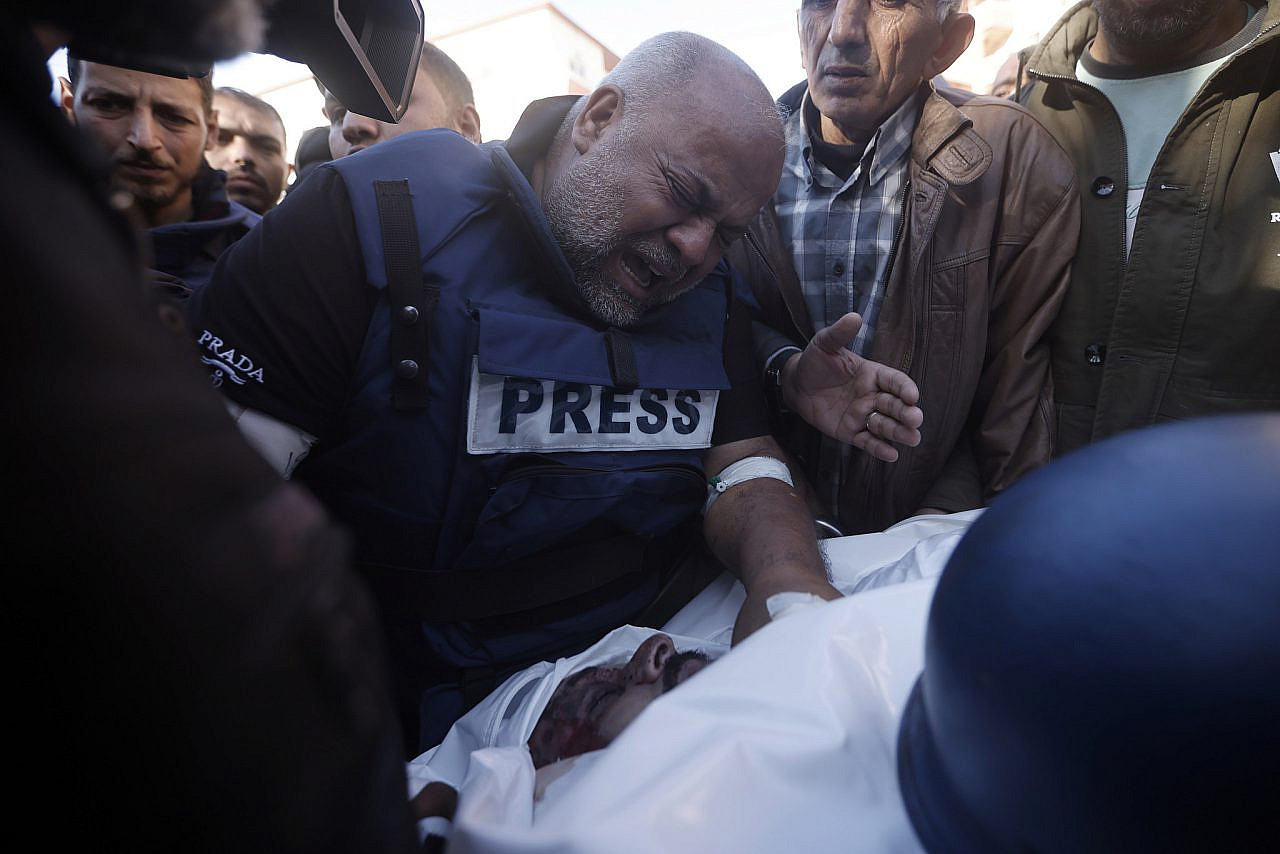
Contacted by Forbidden Stories, Al Jazeera confirmed it is presenting Abu Daqqa’s case to the International Criminal Court, requesting the prosecutor probe the case as a possible war crime and crime against humanity. Rodney Dixon, a lawyer representing Al Jazeera in the case, insisted that the attack “amounts to the deliberate targeting of civilian journalists,” since he has yet to see any evidence of military necessity to target the group.
The Israeli military did not provide the consortium with any information about the strike or its intended target. However, it stated that the incident is under examination by the Joint Chief of Staff’s Fact-Finding Assessment Mechanism (FFAM), the military body that investigates alleged war crimes by Israeli soldiers.
‘It makes sense that Lavender might label journalists’
For lawyer and researcher Khalil Dewan, Israel’s drone warfare is highly troubling. “It’s a legal obligation to exercise distinction between combatants and non-combatants,” he said, “and while the IDF claims to be the most moral army in the world, that is subject to debate given the … colossal level of civilian casualties.”
As revealed by +972 and Local Call, since October 7, the Israeli army has vastly expanded authorization for bombing non-military targets and significantly loosened constraints on civilian casualties. It is also using several artificial intelligence systems to generate targets. Lavender, an AI-based program used to generate a kill list of over 37,000 people, has served as a blueprint for signature drone strikes since October 7, the consortium found.
The investigation by +972 and Local Call found that Lavender’s method of identifying targets for assassination involves giving almost every Palestinian in Gaza a rating, based on certain characteristics that supposedly determine the likelihood of being a militant. Based on a book by the head of Israel’s elite intelligence division Unit 8200, who pioneered the army’s use of AI, we can surmise that relevant characteristics might include being in a Whatsapp group with a known militant, switching cell phones every few months, and changing addresses frequently.
According to sources who spoke to +972 and Local Call, at the beginning of the war, human personnel’s role in target acquisition was minimal — one source described it as a “rubber stamp” — with some target officers intervening only to check that the target is male rather than female. Two sources told the consortium that target investigators in military intelligence were authorized to rely “automatically” on the kill lists produced by Lavender.
Even by the Israeli army’s own standards, errors in Lavender’s identification process are known to occur in up to 10 percent of cases. For the army’s top brass, this error rate is seen as a legitimate price to pay for significantly automating the target-generation process.
One source told the consortium that while he has no proof of Lavender marking journalists as targets, it is “possible” that the AI would mistakenly identify journalists as Hamas operatives. In one case that the source was personally familiar with, a journalist was “almost killed.” Several other sources said they were not aware of any efforts by the Israeli military to vet and filter out Palestinian journalists who might appear in AI-generated kill lists in Gaza.
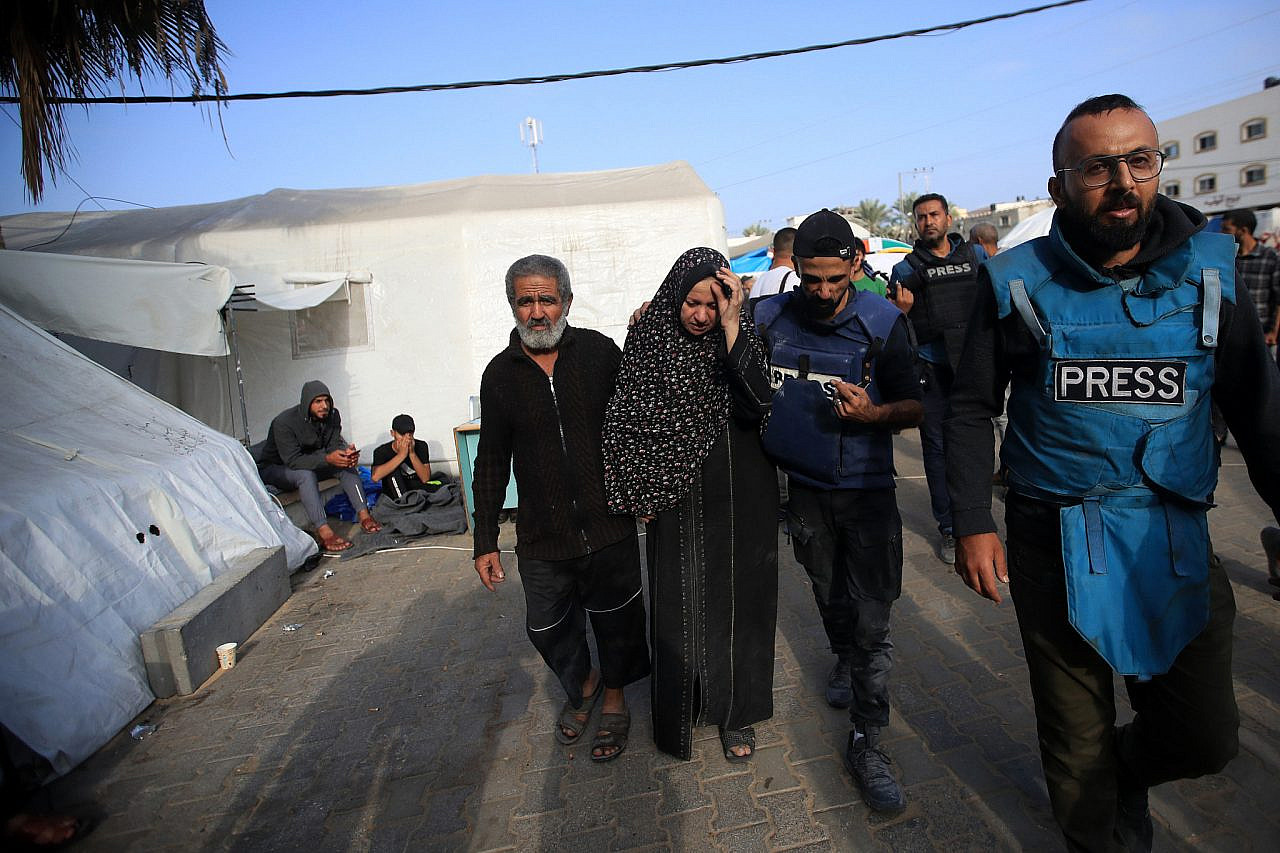
“There are journalists who talk a lot with Hamas officials or militants,” another Israeli military source told the consortium. “It is likely for a journalist in Gaza to be in [Hamas] WhatsApp groups, and that the journalist would call them. So it makes sense that Lavender might label him as a Hamas militant.” The source emphasized, however, that he is unaware of any particular instance that a journalist was marked as a target by Lavender.
But similar errors have happened in the past. In the early 2010s, a leaked NSA document revealed the U.S. government mistakenly labeled Ahmad Muaffaq Zaidan, Al Jazeera’s Islamabad bureau chief, as an Al-Qaeda courier, placing him on a list of alleged terrorists. The document referred to SKYNET, an AI system that analyzes people’s metadata to detect suspicious “patterns of behavior.” Identified targets were then allegedly executed in signature drone strikes.
Like the Israeli military, the U.S. government insisted there was always a human in the loop. But according to Jennifer Gibson, a human rights lawyer familiar with Zaidan’s case, the system is so flawed that “whether the human hits the button is irrelevant if the computer picked the target.”
When asked if any of the journalists hit by drone strikes were on Lavender-generated kill lists, an Israeli army spokesperson said: “The IDF does not use artificial intelligence systems to identify military operatives.”
‘The protective vest has become a means to target you’
We identified several other cases in which Palestinian journalists were allegedly targeted or killed by Israeli drones since October. On Nov. 13, Israel bombed the building in Gaza City where Ahmed Fatima, a photographer for Al-Qahera News and a media worker for Press House – Palestine, was living with his family. They survived the initial strikes but Fatima’s 6-year-old son was wounded; the photographer rushed outside with his child in his arms to take him to hospital, at which point a drone fired another missile at the street, killing Fatima, his widow told the consortium.
A few months later, on Feb. 24, Abdallah Al-Hajj survived a drone strike that killed two other people. A photojournalist for UNRWA and the Jerusalem-based Al Quds newspaper, Al Hajj was one of the first journalists to document large-scale destruction in Gaza, thanks to his small quadcopter drone. His pictures were shared worldwide.
That day, he said, after filming in Al-Shati refugee camp, “I put my drone away and headed toward some fishermen. The second I asked for the price [of their fish], I was targeted.” Al-Hajj is currently undergoing treatment in Qatar, where members of the consortium interviewed him. “I was unconscious for three days,” he said from his hospital bed in Doha. Both of his legs were amputated above his knees.
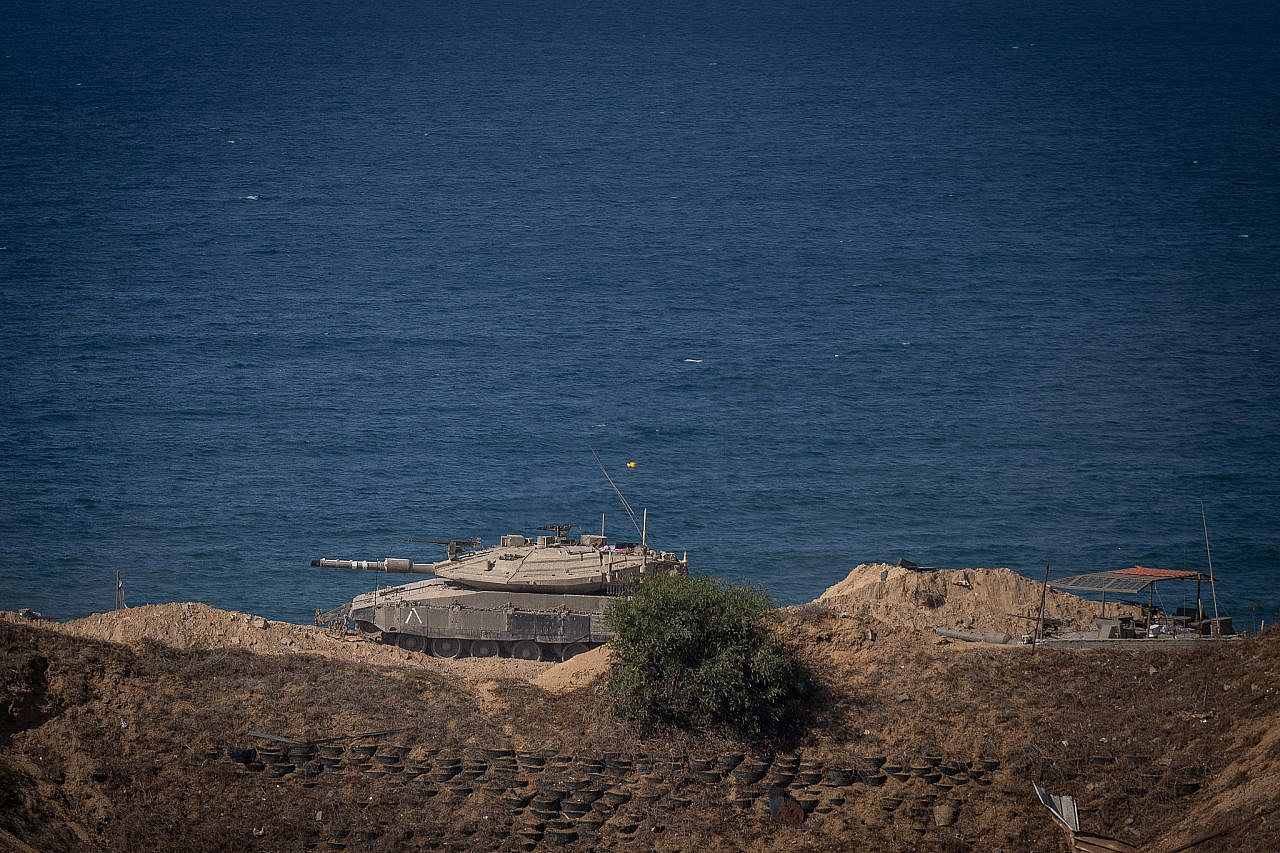
An Israeli military spokesperson said the attacks, respectively, were targeting “a Hamas terrorist infustrcture [sic] and military operative,” and “a terrorist cell using a drone.”
“It shouldn’t happen, even a single one,” Asa Kasher, who drafted the 1994 IDF Code of Ethics, told Forbidden Stories. “No member of the press should have been killed under normal circumstances of hostilities in Gaza. It’s illegal. It’s unethical. The person who does it should be brought to court.”
Accountability, however, is unlikely with drone warfare, according to Lisa Ling, former U.S. technical sergeant on drone surveillance systems. “There’s a diffusion of responsibility, where people have so little information, and there’s so many pieces that come into firing a drone, that it would be hard to ascertain who is actually responsible,” she told Forbidden Stories in an interview.
A spokesperson for the Israeli army told the consortium that “every IDF airstrike is carried out by trained personnel,” and that no strikes are “conducted without oversight, approval, and final execution by IDF officers.”
The statement continued: “The IDF directs its strikes only towards military targets and military operatives and carries out strikes in accordance with the rules of proportionality and precautions in attacks. Civilians who are harmed, including journalists harmed during the conflict, are a terrible tragedy. This tragedy is caused by Hamas intentionally embedding itself within the civilian population.”
When drafting the rules for targeted killings in the early 2000s, the IDF International Law Department stipulated that only individuals taking direct part in hostilities could be targeted. “The logic was, ‘I’m going to use it sparingly, against the most high-level people, only when I have no alternative,’” Gabriella Blum, who was involved in drafting these guidelines, told The Intercept in 2018. “That doesn’t seem to be the case anymore.”
Most read on +972
“I find it kind of nauseating to think that people could actually get used to” the constant presence of drones overhead, Ling told Forbidden Stories. “In the air, when you have a weaponized drone flying over you for an excessive amount of time, that is terror.”
Since being attacked, several journalists have told the consortium they’re now afraid to wear their press vests. Some keep them concealed in their bags, wearing them only when the cameras are rolling. Ghaboun, now recovered, feels “the protective vest itself has become a means to target you, more than a means to protect you.”
Additional reporting was contributed by Phineas Rueckert, Sofía Álvarez Jurado, and Youssr Youssef (Forbidden Stories); Arthur Carpentier and Madjid Zerrouky (Le Monde); Maria Christoph, Maria Retter, Dajana Kollig, and Christo Buschek (Paper Trail Media); and Arab Reporters for Investigative Journalism (ARIJ).

